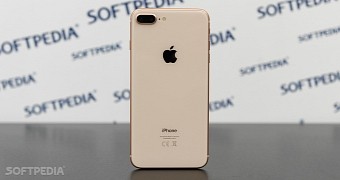Camera performance has always been one of the main selling points of each iPhone generation, and Apple is believed to have made a move that would allow the company to make sure its future models would continue to excel in this regard.
Although not yet confirmed, Apple supposedly purchased camera sensor firm InVisage, which developed a technology called QuantumFilm whose main role is to nearly triple dynamic range and ensure better performance in low light conditions.
Details of the acquisition, however, are very scarce, and AI points to a report from Image Sensors World as indicating that a potential takeover took place in July this year.
There’s evidence that this scenario is indeed accurate, as two venture capital firms, namely Nokia Growth Partners and InterWest Partners, no longer list InVisage as an existing investment, while some of the employees that previously worked for the company are employed by Apple as of this summer.
Improved iPhone camera for 2018
Since the purchase took place in July, the new iPhones that launched this year are very unlikely to feature technology developed by InVisage, and the chances are that the 2018 models could indeed come with camera improvements made possible thanks to this acquisition.
The 10th anniversary iPhone model called iPhone X features Apple’s most advanced camera so far. The dual-lens system uses 12-megapixel wide-angle and telephoto lens with f1.8 and f2.4 aperture, respectively, while also boasting a series of additional technology to improve photo performance like dual optical image stabilization, quad-LED True Tone flash and improved local tone mapping.
Competition in this regard, however, is getting fiercer, with rival Samsung also expanding in the dual-camera system race and planning substantial upgrades for its future model. The Note 8 phablet has already launched with such a system and the Galaxy S9 model due in the spring of 2018 is expected to do the same, obviously with a series of improvements, including better low-light performance.

 14 DAY TRIAL //
14 DAY TRIAL //